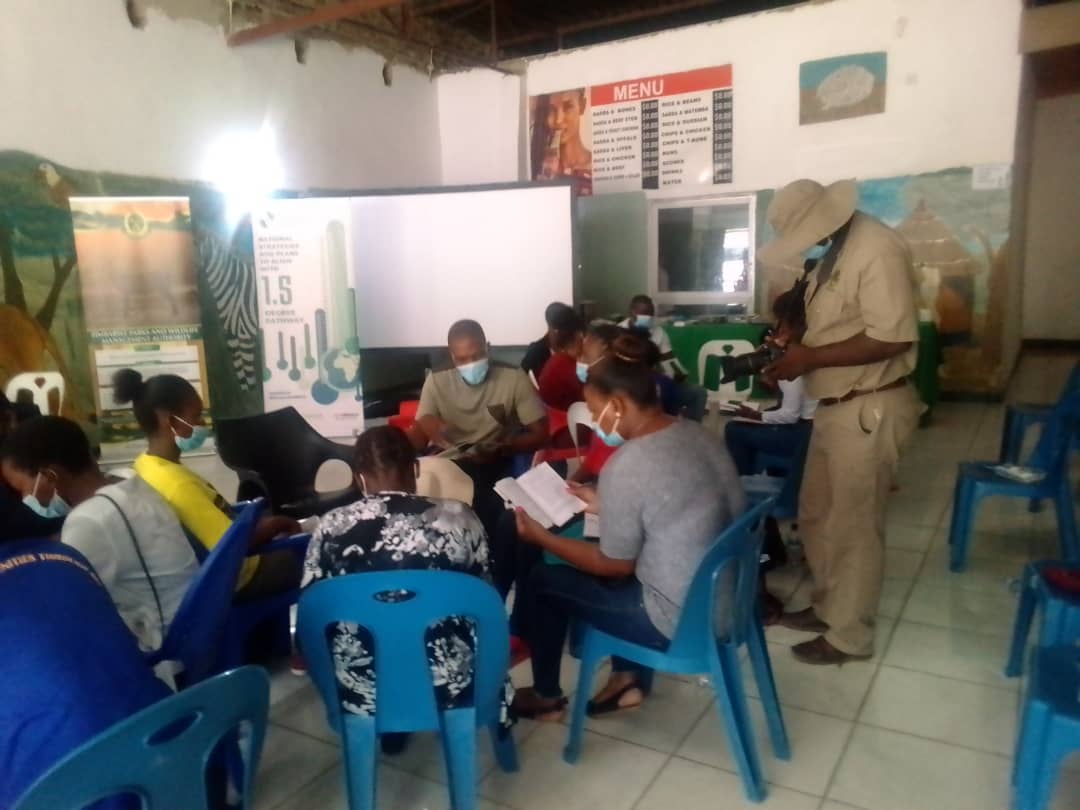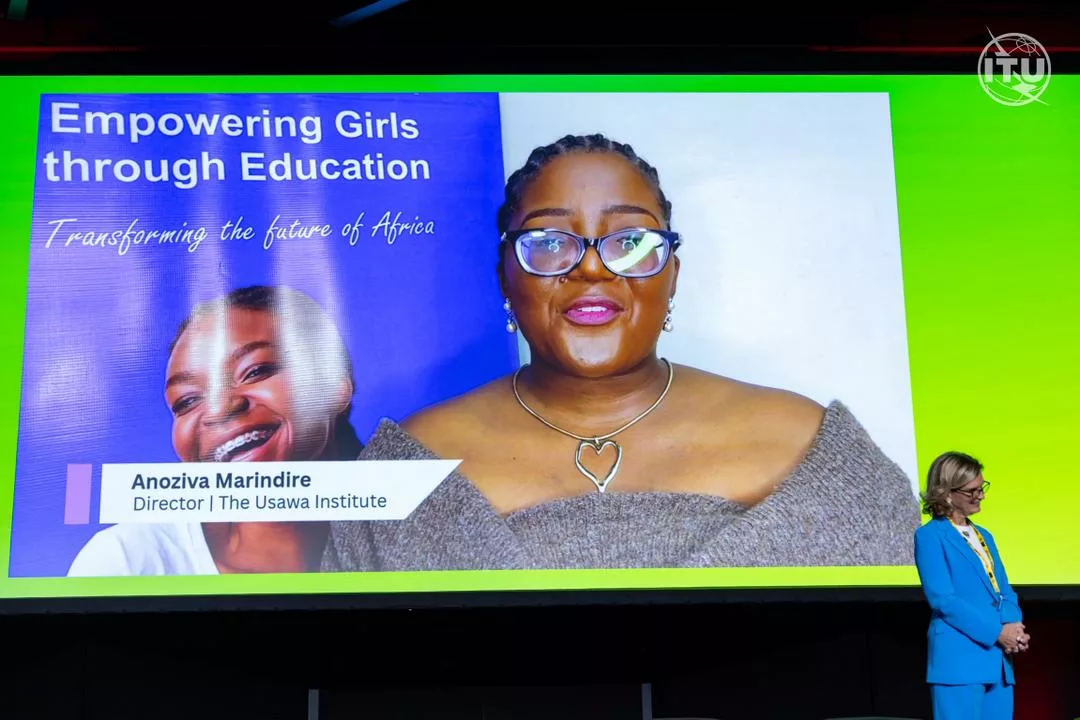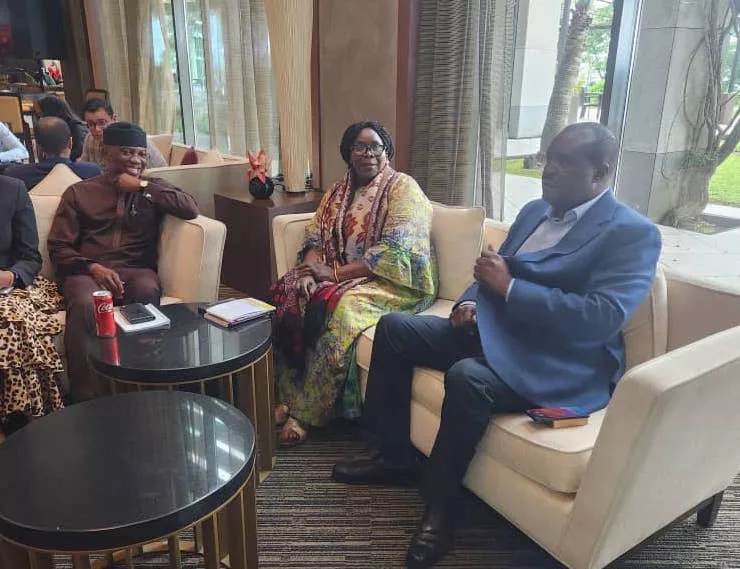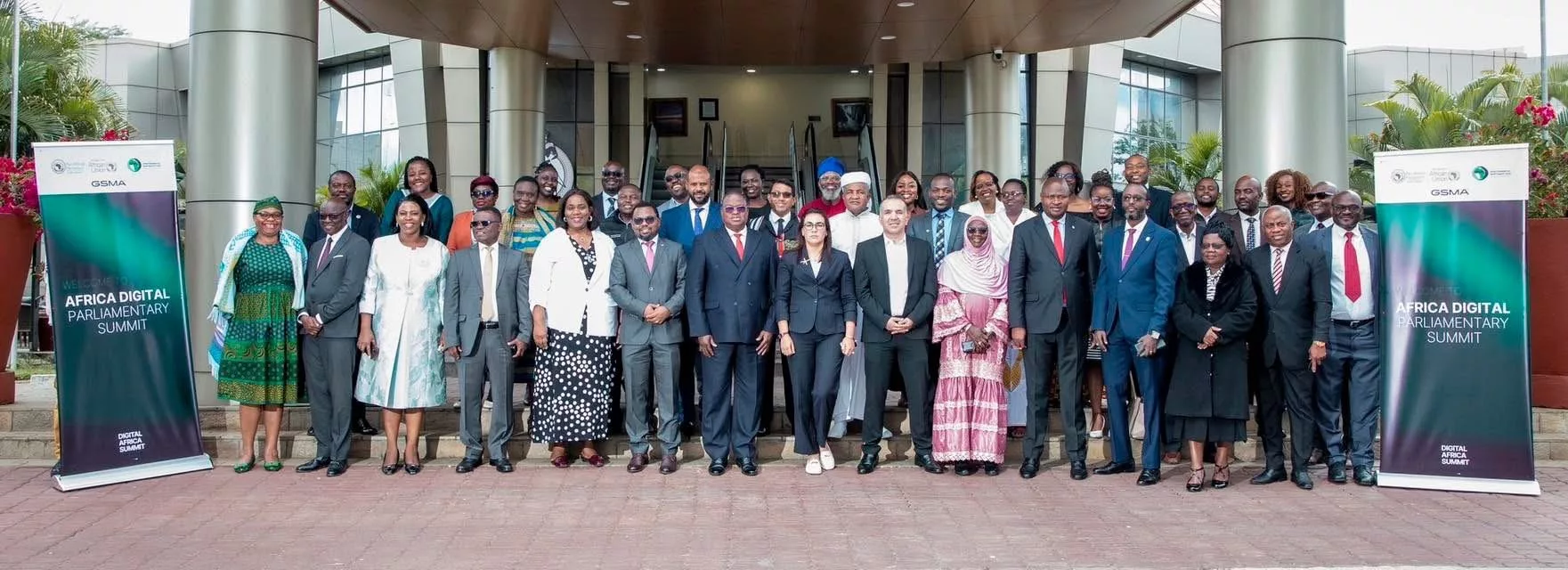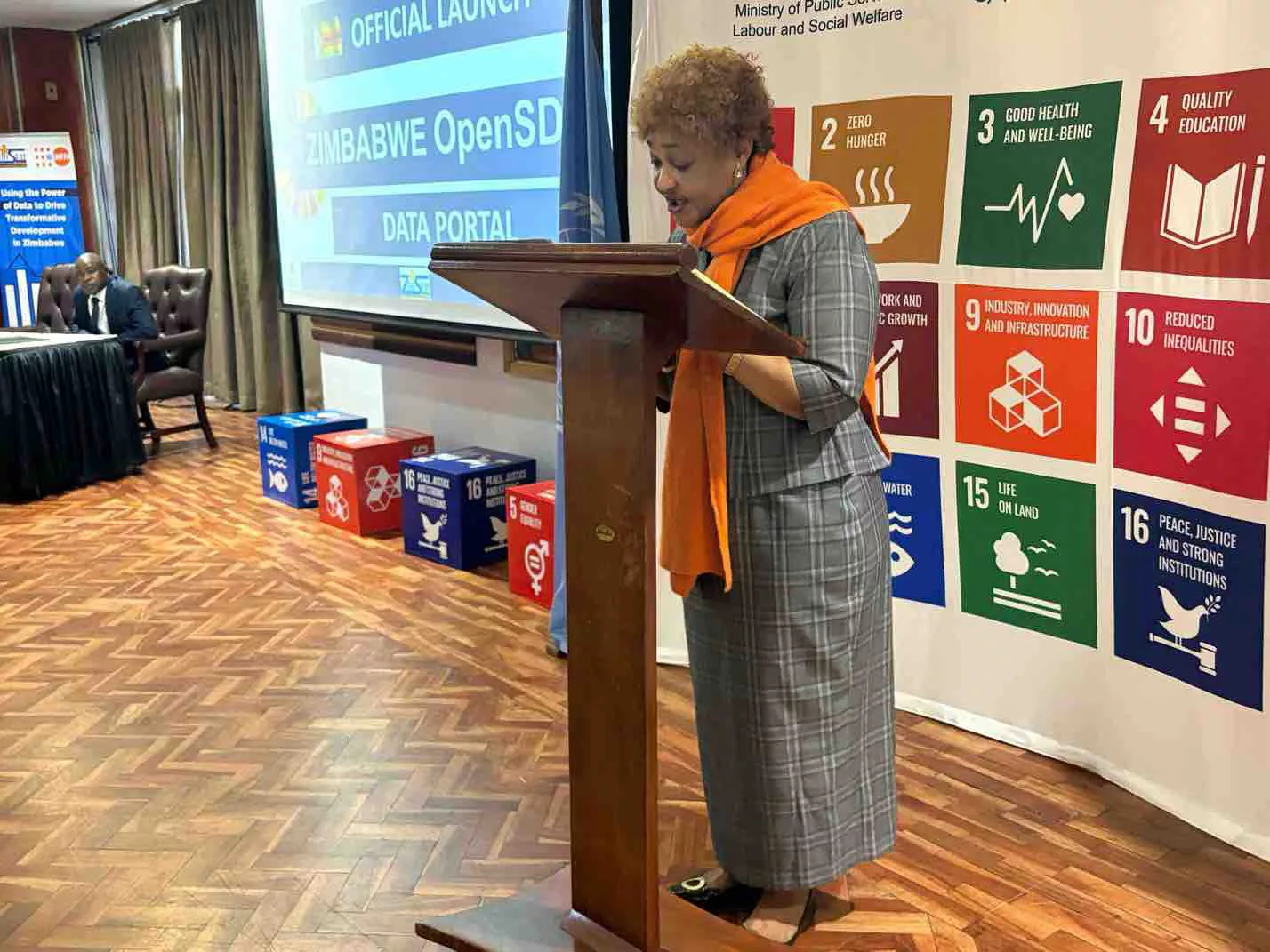|
Getting your Trinity Audio player ready...
|
By Calvin Manika
Timothy Ncube, 18, sits under a baobab tree at their homestead in Lukosi village, Hwange. Despite being a rainy season, they have not received enough rains to commence farming in earnest. Timothy thinks that seasons have changed and the climate is no longer favourable to them to rely on subsistence farming for livelihood.
“I think something productive must be done by us, the villagers. Without acting, we will perish due to climate change effects. I believe that, in the same environment with proper knowledge on green business, it can be utilised for our benefit,” says Ncube.
According to the Zimbabwe National Climate Policy, Zimbabwe has one of the most variable rainfall patterns in terms of distribution across time and space, and dry spells and droughts are part of a normal cycle. During an average rainy season, it is normal for the country to experience four to five dry spells of different lengths.
Last week, in a symposium which was coordinated by Daniel Sithole, Director of Green Shango Trust in Hwange, The African Youth Initiative on Climate Change Zimbabwe (AYICCZim) with support from the Climate Change Management Department (CCMD) under the Ministry of Environment, Climate, Tourism and Hospitality Industry (MECTHI), and EMA held a one-day long workshop under the theme: Capacity Building of Rural Youth and Youth Groups to Mitigate and Adapt to Climate Change.
Speaking to this publication, Daniel Sithole reiterated the importance of engaging youths in capacity building, especially those directly affected by climate change.
“The objectives of this project are to raise awareness on climate change and its impacts, as well as mitigation and adaptation interventions according to different backgrounds and communities,” says Sithole.
Climate change, the change over decades or centuries in the earth’s climate caused by the release of greenhouse gases, notably carbon dioxide and methane that trap heat in the atmosphere is the greatest threat to humankind in the last decade before the advent of COVID 19. Zimbabwe’s farming systems are already insecure as they depend mainly on seasonal rainfall. The Zimbabwe National Climate Policy indicates that the dry areas of Zimbabwe experience droughts three of every five years and droughts will likely increase due to climate change.
“It is predicted that rising temperatures will lead to a greater incidence of heat stress and spreading infestations of pests and outbreaks of diseases. This will reduce the productivity of crops and livestock and drive up expenditure on pesticides, herbicides, and veterinary drugs,” notes the policy.
During the workshop by The African Youth Initiative on Climate Change Zimbabwe (AYICCZim), youths were taught how to adapt and mitigate the effects of climate change by starting up projects that are environmentally friendly. The rural youths learned about their environmental rights. However, the local environmental watchdogs bemoaned the lack of engagement between the Environmental Management Agency and the community.
Speaking to this publication, on the sidelines of the workshop, Jean-Betrand Mhandu, National Coordinator of the AYICC Zimbabwe and Regional Director of Earth Day Africa said the youth’s initiatives help young people to understand Climate Change and how can they relate to climate change and disasters.
“As young people they are challenged to come up with initiatives and projects, to be innovative so that they do not suffer the consequences of environmental impacts and climate change. And they can contribute to renewable energy production, energy efficiency, a sustainable education system, resilient infrastructure helping their communities to be resilient to climate change. Peer-to-peer engagement and capacity building to others will go a long way in community sustainability in the face of climate change,” says Mhandu.
One of the participants Sithandikile from Hwange Youth Empowerment Initiative (HYEI) expressed her confidence in the engagement of youths in protecting the environment and fighting climate change.
“We learned of green jobs, jobs which do not harm the environment. I will disseminate this information to others in our communities. Harvesting amancimbi is another green job, making money without harming the environment. I have learned the ways to reduce greenhouse gases especially from power stations. Here in Hwange, we have the biggest thermal power station in the country, which means a lot of greenhouse gases are contributing to climate change and something must be done.”
In 2017, an environmental watchdog, Centre for Natural Resources Governance (CNRG) conducted an Environmental Impact Assessment (EIA) in Hwange. The EIA report comprehensively details the natural and socio-cultural impacts associated with the mining and use of coal in Hwange and issues contributing to micro-climate change in and around the area.
“Coal is the top contributor to climate change, as well as a leading cause of pollution, and continues to adversely affect mining communities in untold ways. It is against this background that the Centre for Natural Resource Governance (CNRG) engaged Exclusive Environmental & Planning Services (EEPS) to carry out an environmental impact assessment in Hwange to evaluate the extent of the damage caused by coal mining on the environmental and socio-cultural set up of the area,” notes the report.
Lisa Muzamba of Shangano Arts Trust, a Hwange-based Arts ensemble said the workshop was an eye-opener to all, though it targeted the rural youths.
“The youths are the custodians of the environment. As artistes, we are able to create content, poetry, and theater in raising awareness of climate change. It was eye-opener. We learned things we can do as Hwange and as a country. Of importance is the behavioral change in adopting renewable energy production and green activities within our communities,” says Muzamba.
Commenting on the project outlook, Elizabeth Gulugulu, Programmes Manager of the African Youth Initiative on Climate Change Zimbabwe (AYICCZim) explained the importance of the youth initiative program.
“These programs we are doing for young people in rural areas are important, we are equipping young people with skills. But, fairly, it is important for them to know, what is climate change and how is it affecting them, so they can come up with solutions especially if it’s communities relying on agriculture or fossil fuels. Young people must understand some of the solutions to consider and tap into renewable energy, the agroecological practice of smart agriculture initiatives. It creates green business. We are also targeting children, a catch them young policy,” says Gulugulu.
Such community engagements are coming at a time the South African Institute for Applied Alchemy (IAA) launched the Feel to Heal project early this month and has partnered with Youth 2 Youth in Zimbabwe (Y2Y) And Zimbabwe Women in Tourism (ZIWIT).
Youth 2 Youth founder Catherine Masunda said her organisation will be working with other local organisations for the implementation of the project.
“On youth, we need to identify youths from humble beginnings and also challenges facing them in any sector of the economy,” says Masunda.


